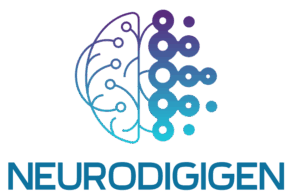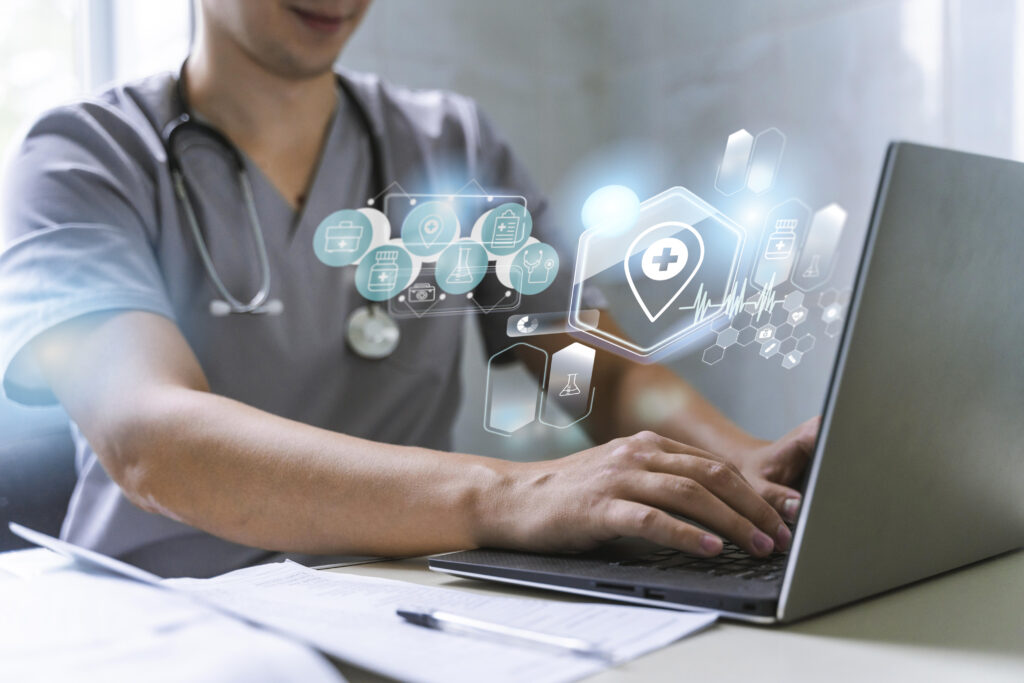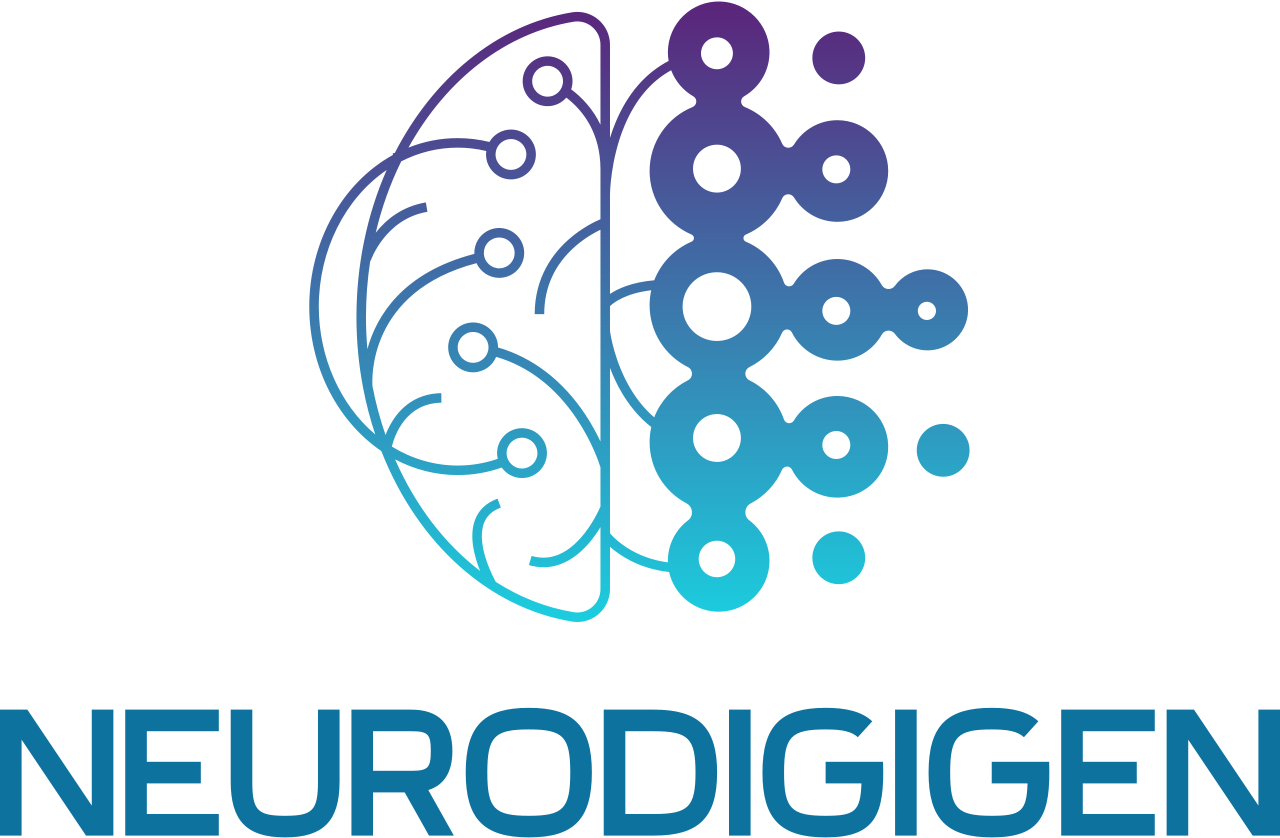Remote Healthcare
Introduction
Remote healthcare, also known as telemedicine, leverages digital technologies to deliver medical care without the need for in-person visits. Through video consultations, mobile health platforms, and remote monitoring devices, patients can access healthcare professionals anytime and anywhere. This model not only enhances accessibility but also ensures continuity of care, especially for patients in rural or underserved regions.


Clinical Applications
Remote healthcare is increasingly being integrated across different areas of medicine:
Primary Care: Virtual consultations for common conditions and follow-ups.
Chronic Disease Management: Continuous monitoring for patients with diabetes, hypertension, or heart disease.
Mental Health: Telepsychiatry and counseling services available at home.
Post-Operative Care: Remote monitoring of recovery progress to reduce hospital readmissions.
Geriatric and Palliative Care: Offering support for elderly patients and those with limited mobility.
Advantages
Remote healthcare offers multiple advantages for patients, providers, and healthcare systems:
Greater accessibility to medical expertise regardless of location.
Reduced need for travel and hospital visits.
Continuous monitoring through wearable and mobile devices.
Cost efficiency for both patients and healthcare providers.
Improved patient compliance and engagement with digital platforms.
Future Outlook
The future of remote healthcare will be driven by artificial intelligence, advanced wearable sensors, and integrated electronic health records. Personalized digital care platforms will enable predictive health monitoring and early interventions. By combining remote healthcare with genetics, microbiome testing, and AI-driven analysis, medicine will move toward a fully connected, preventive, and patient-centered model.



